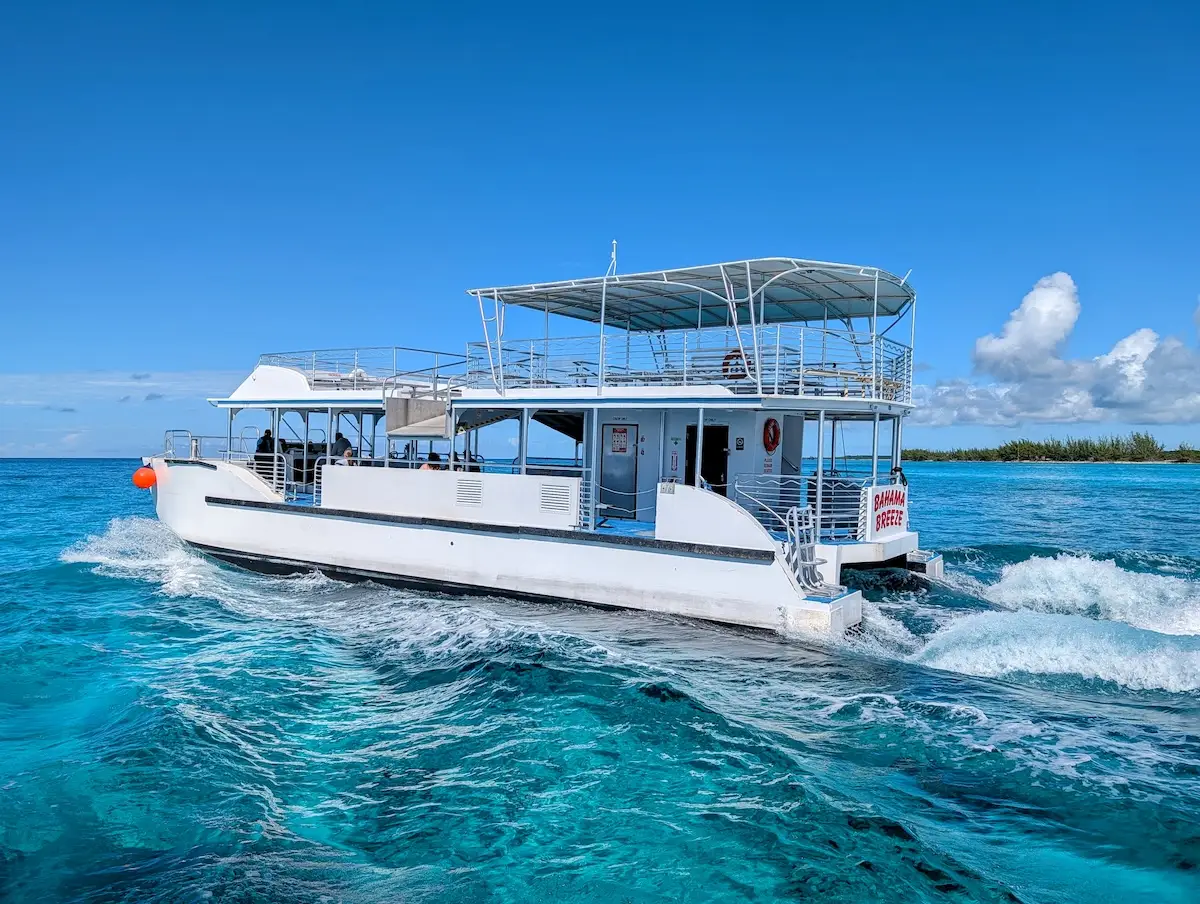Traveling by cruise ship across the wide oceans has always been a dream for many. The feeling of no boundaries, the luxury of being in a new location every day, and the uninterrupted view of the water are among the reasons.
Meanwhile, as people and organizations become increasingly aware of climate change, marine life cruisers are reaching a point where they must make changes.
Sustainable cruise travel among the various upsurges is the one that gives the ultimate experience of the world, responsibly, gracefully, and with the right intentions.
Example of Eco-Cruising
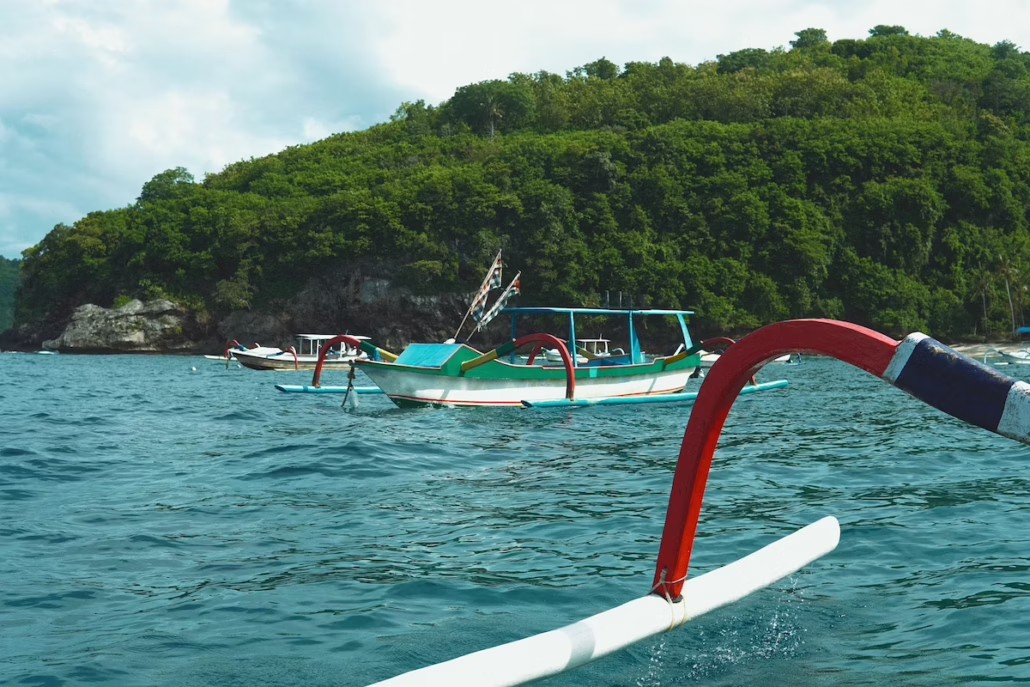
An eco-friendly Amazon cruise is going to offer us a great time while also taking care of one of the earth’s most delicate ecosystems. The small boats, which have little impact, use cleaner energy, manage their waste responsibly, and source their food from local suppliers to minimize their impact.
Visitors with naturalist guides are going to the jungle, getting to know the conservation projects, and even supporting local tribes. Mindfully experiencing the Amazon is about conserving its animals and rivers while also discovering its stunning nature.
What Is So Special About Eco-friendly Cruises?
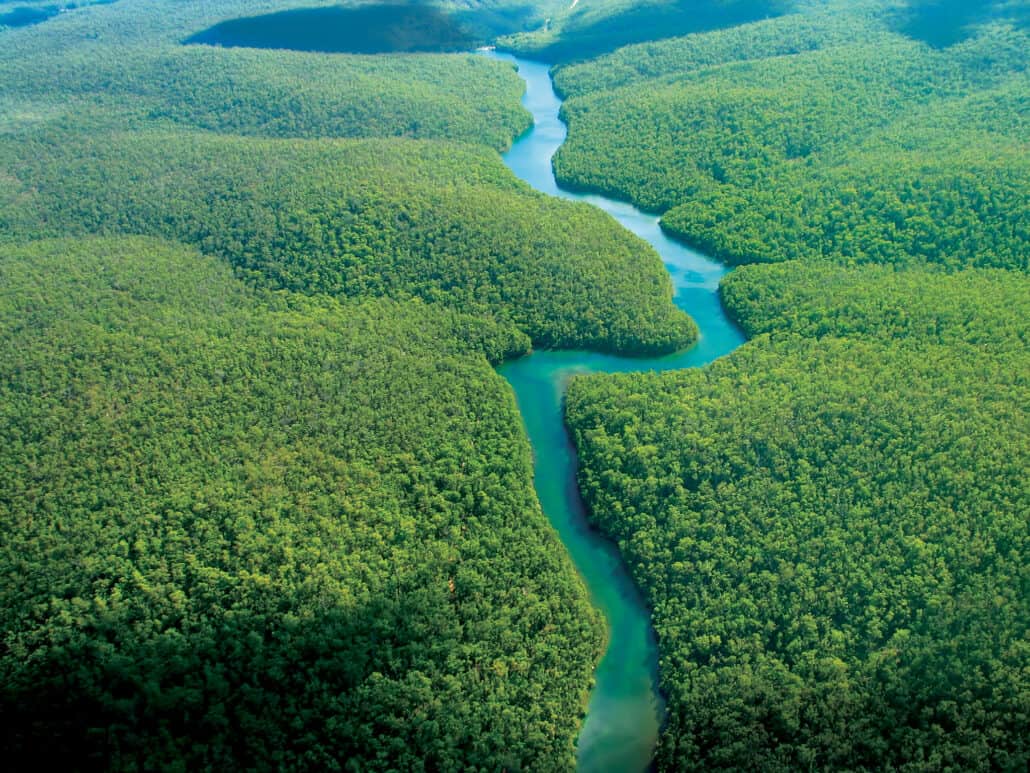
An eco-friendly mutual relationship between the cruise and the environment is not merely a matter of the latter being used as a marketing term or tactic to attract customers. Rather, it is a full evacuation of the oceans while fully delivering the nice and the adventurous that are expected by the travelers.
Such cruises are based on renewable energy, minimize waste, and, at the same time, support marine life protection. Sometimes their prices are 10-15% higher than the average, but their efficient operations and resulting energy savings mean customers get the same value for their money in the long term.
How Green Cruises Protect the Planet

The cruise industry is undergoing one of its biggest transformations in decades. Modern eco-friendly ships use clean energy, reduce waste, save water, and protect sea life, while still offering luxury and comfort.
Clean Energy Use
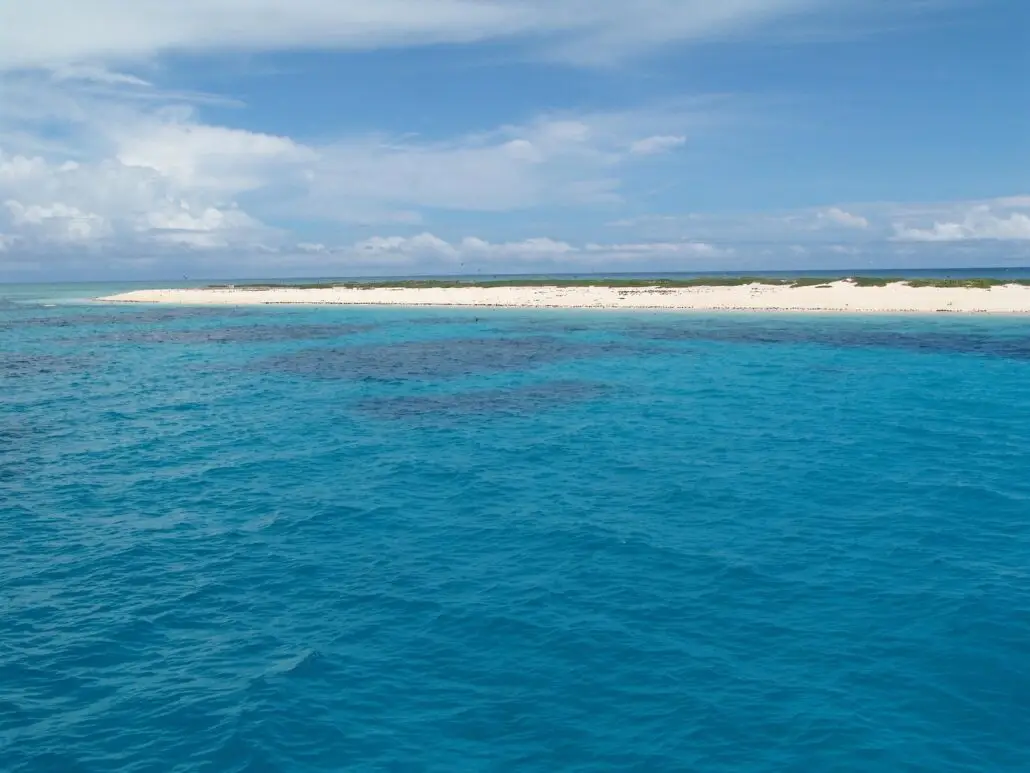
Energy efficiency is at the heart of every sustainable cruise. Ships now integrate:
- Solar panels on the deck to supplement power.
- Wind-assisted propulsion systems.
- Advanced engines that burn less fuel.
- LED lighting to cut electricity use.
These technologies dramatically reduce emissions and make sailing cleaner than ever.
Better Waste Management
Waste has long been one of the cruise industry’s major challenges, but eco-friendly vessels handle it differently. They:
- Ban single-use plastics.
- Recycle nearly all materials.
- Provide refillable water stations instead of bottled water.
- Use biodegradable cleaning products that don’t pollute the sea.
Protecting Marine Life
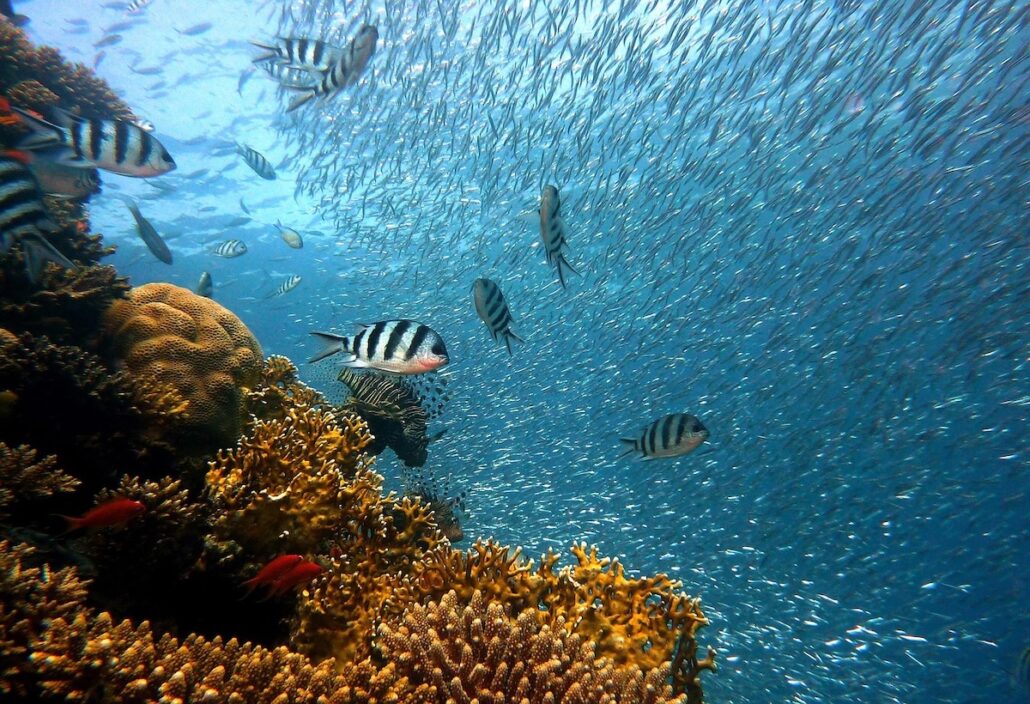
Sustainable ships follow special anchoring and navigation practices to avoid damaging coral reefs and marine habitats. They keep safe distances from marine animals, use eco-safe cleaning materials, and follow approved sailing routes to minimize disturbance to wildlife.
Why Choose an Eco-Friendly Cruise
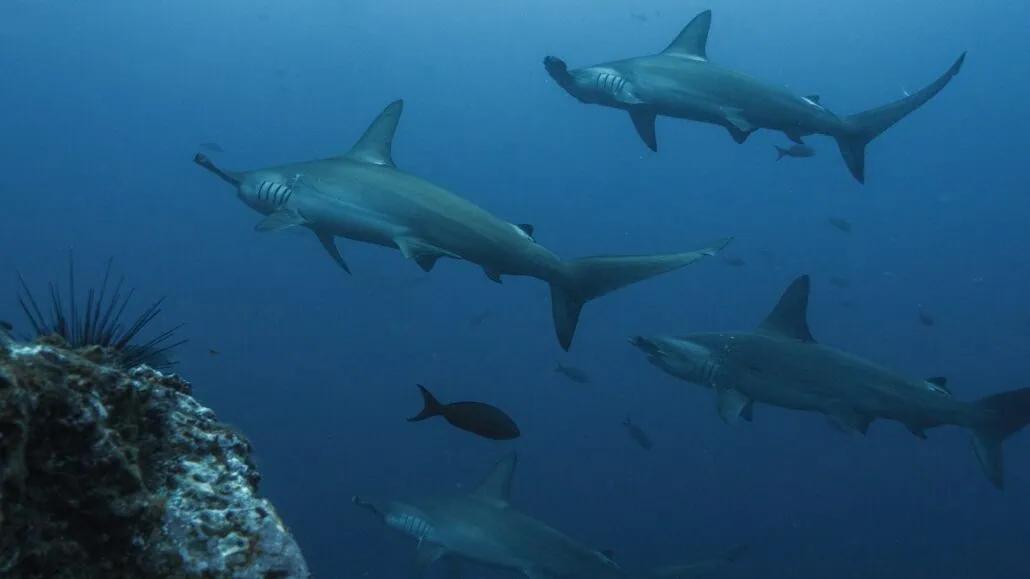
Choosing a sustainable cruise is not only an ethical choice but also a practical one. Cruises like these offer a less-polluted travel experience, a smaller environmental footprint, and support the very communities and ecosystems that enable ocean travel.
The difference will be obvious to you right away: less engine noise, cleaner air, clearer water, and sometimes better food, since many eco-cruise chefs prefer to use locally grown, sustainable ingredients.
Shore Power and Sustainable Ports

Ports are crucial in the transition of cruises to greener operation. When vessels come to shore, they are able to use the garden power, and that means they would not have to operate the engines and cause emissions in the downtown areas. Numerous recent ports, particularly those found along the Turkish Riviera, have these systems currently in place, which means that gulet charters and cruise ships are able to be eco-friendly even while anchored.
Smart Water Management

Water conservation is another key component of sustainable cruising. Ships reuse and recycle water whenever possible, repair leaks promptly, and use smart taps and showers that limit waste. Some even collect rainwater for cleaning and deck maintenance.
Food and supplies make a significant environmental impact. Eco-friendly cruises address this by:
- Buying local produce and seafood.
- Reducing food waste through portion planning.
- Using recyclable or compostable packaging.
- Supporting regional markets and farmers.
Working with Local Communities

The true concept of sustainability encompasses more than just eco-friendly practices. It also means being socially responsible. A large share of eco-cruise companies apportion part of their revenues to the ports where they land. They utilize local guides, purchase handmade crafts and food items from the locals, and also support cultural and natural reserves with their financial backing and expertise.
In the case of the Blue Cruise in Turkey, for instance, gulet charter not only preserves the local culture but also promotes the very sustainable tourism that under its wings could survive better.
Real-World Success: Clean Sailing in the Mediterranean

The Turkish Riviera has been the scene of a real success story, where gulet operators are in the process of installing hybrid engines and clean-fuel systems. By adopting new routes and technologies, one local operator literally cut its fuel consumption by half while still offering the same level of comfort to its customers.
What Experts Recommend
Captain James Wilson, an environmental marine expert, advises travelers to always check for third-party environmental certifications, public sustainability reports, and crew training programs before booking. “Transparency is key,” he says. “If a cruise line truly cares, it shows in the details.”
Smart Technology on Modern Eco-Ships
Today’s eco-friendly cruise ships feature cutting-edge innovations:
- Automated power systems that balance energy needs efficiently.
- Smart lighting and heat recovery to reduce consumption.
- Water recycling units and leak detection sensors to save water.
Some vessels even monitor water quality in real time and adjust routes to avoid sensitive habitats.
Nature and Culture Preservation

The term eco-cruising applies to both the ocean and the cultural draws of the places visited, thus the nature-preserving activity. Cruises have frequent onboard cultural events, where they invite and provide opportunities for local artisans, and donors in community projects aimed at preserving the local skills like crafts and music.
Future of Sustainable Cruising
The path taken is quite clear for the industry. Fossil-fuel-based ships are increasingly moving toward zero-emissions levels, relying only on advanced solar power, hydrogen fuels, and smart waste-processing systems. The planet will be less harmed, and we will travel through the ocean in a new way.
The Traveler’s Part
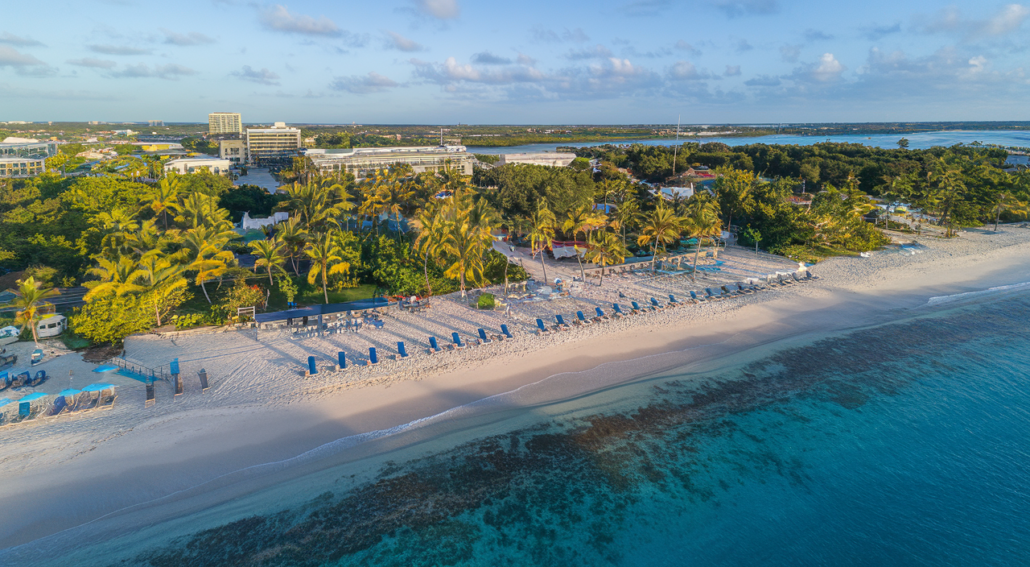
The part of a traveler is very important. Always take your reusable water container; refuse plastic straws; apply reef-friendly sunscreen; and always keep to the onboard recycling rules. Rather than buying imported souvenirs, support local communities by purchasing goods that are made locally.





